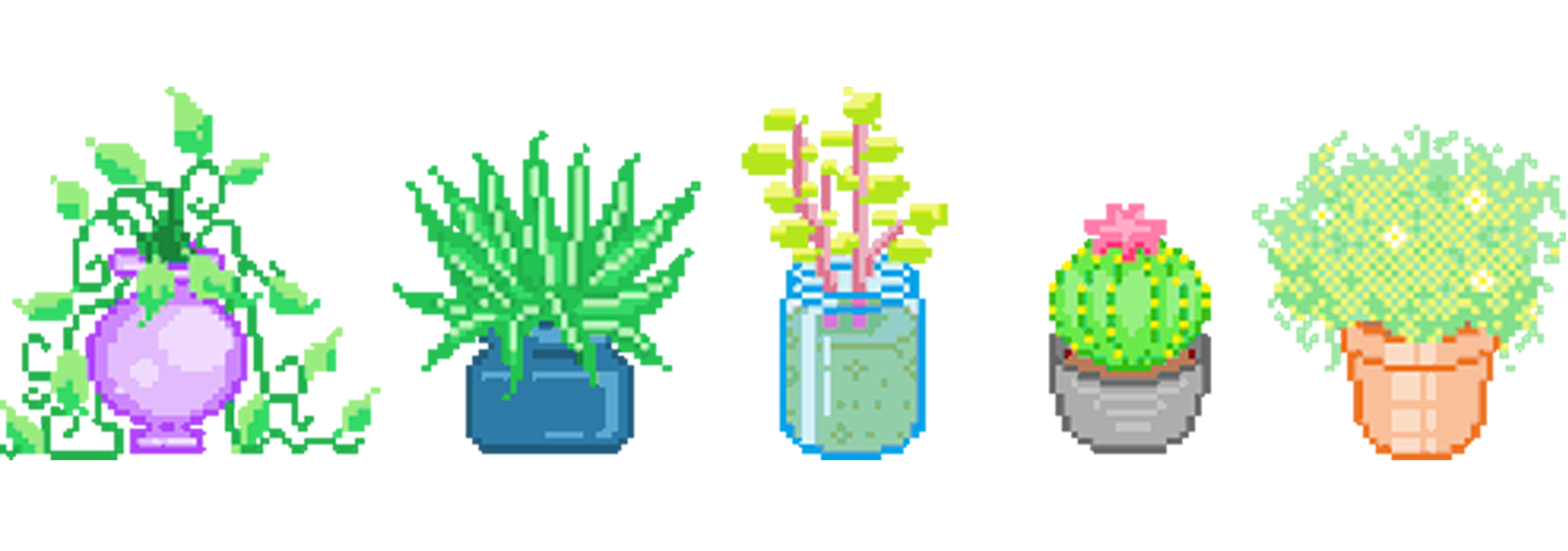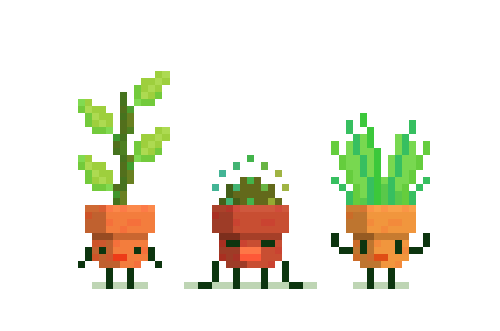39
What is wrong with my Pinguicula and Drosera?
(slrpnk.net)
In between life, we garden.

About
We're a warm and informative space for plant enthusiasts to connect, learn, and flourish together. Dive into discussions on care, propagation, and styling, while embracing eco-friendly practices. Join us in nurturing growth and finding serenity through the extraordinary world of houseplants.
Need an ID on your green friends? Check out: !plantid@mander.xyz
Get involved in Citizen Science: Add your photo here to help build a database of plants across the entire planet. This database is used by non-profits, academia, and the sciences to promote biodiversity, learning and rewilding.
Rules

DM us to add yours! :)

Thank you for your elaborate response!
I have all of my plants (calathea, weed, doesn't matter) in hydroculture, with the only exception being the Drosera. I've noticed that some CPs really need moss (or peat, as long as it exchanges ions to acid), while some other do well in just soilless media and are more forgiving, like my nepenthes.
If you're a carnivorous plant nerd, I can show you my learnings if you're interested, maybe you'll learn something new.
LECA is completely inert (especially if soaked multiple times in pure water) and doesn't compact, so you don't need to repot for years. Many CPs don't care about the substrate at all, as long as it doesn't have too many nutrients, and LECA is great for that, because it's airy and doesn't compact, opposed to moss or peat, and won't attract pests.
Watering is also way easier.
I lightly fertilize them from time to time, mainly foliar feeding, but I've decided to stop that due to the risks you mentioned.
I think if they are hungry, they'll catch their own prey.
It's my first time growing CPs. Is it possible that the ping got more and longer light hours, and therefore changed from the winter succulent to the summer phase? Do the succulent leaves die when summer arrives? Because the newer ones look more spoon shaped.
Thanks for the info on LECA, good to know and may be a good experiment for me! I have an N. ‘gaya’ that’s just putting out basals like no other and I don’t know what to do with all the babies.
But the leaves I can see on your ping (at least based on the first pic where I can see the leaves a bit better) look like summer leaves still. Winter leaves are more tightly compacted, smaller, and generally not sticky. The winter leaves will also slowly die back as they form new summer leaves, leaf turnover rate is just higher in CPs.
I will mention the one D. aliciae you showed that caught an ant did look like its crown was starting to grow new leaves and some of the newer ones had a bit of dew so I think it was bouncing back at least. Older sundew leaves also start to lose dew esp if its caught a lot of bugs and expended energy, to gain more energy/nutrients.
I’m not a great photographer but hopefully you can see in that pic how my D. adelae has some very dewy leaves and some quite dry ones (granted this plant is also newer and most of the dry leaves are from its previous environment).
Don’t know if the pictures were helpful at all but hopefully your CPs bounce back! They’re more resilient than people tend to think. Always happy to try and answer any more questions too!
Thank you so much for your passionate answers!
I found them very helpful.
Your plants (and pictures too) also look absolutely beautiful!
It's always a pleasure to see people like you, who are so enthusiastic about niche hobbies, showing or explaining me stuff.
I wanna see more of that. Please do a few posts about your collection in this community, I would probably not be the only one wanting to see it!
I find carnivorous plants very fascinating. Especially their metabolism and environmental conditions they withstand (or: need and thrive). It would be so cool if more people had these amazing plants, especially in how easy they are to care for in theory!